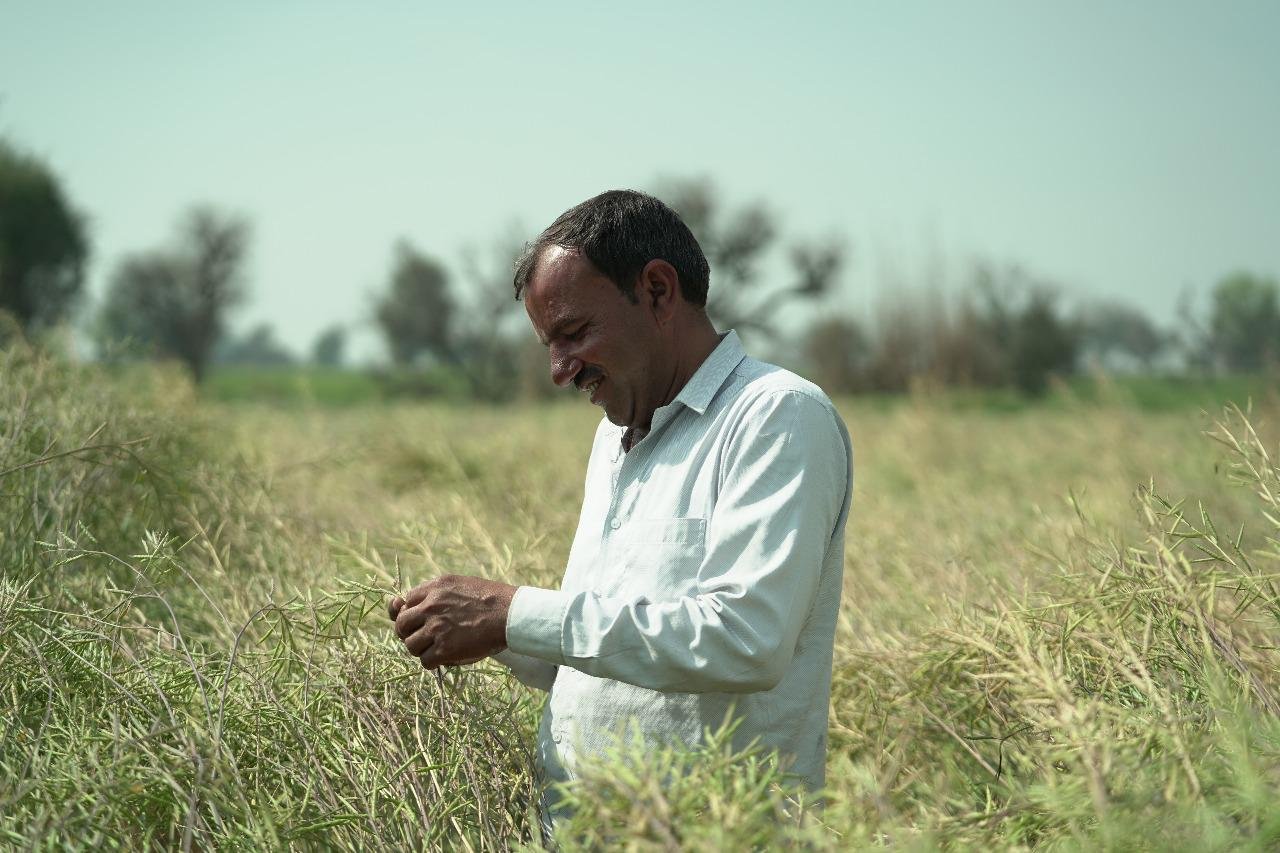Wednesday, 22 October 2025

The spotlight shines on hybrid mustard, a resilient crop helping farmers grow stronger livelihoods and communities
As we mark National Mustard Day on August 2, it’s time to honour a crop that fills plates and fuels rural prosperity. Particularly in its hybrid form, mustard has emerged as a symbol of resilience, productivity, and pride for farmers across India’s heartland.
From the mustard fields of Rajasthan, Madhya Pradesh, and Haryana to household kitchens across the country, hybrid mustard is transforming how oilseeds are cultivated and valued. Its benefits are clear: a 16–20 per cent yield advantage over traditional varieties, an additional 2–2.5 per cent oil content, and a net income increase of Rs 6,000–8,000 per acre for farmers who adopt it. In states where price volatility and crop diseases have posed recent challenges, these gains offer both stability and renewed optimism.
Sown ideally between October 10 and 25, when field moisture and temperatures are optimal, hybrid mustard has consistently delivered stronger returns. Reports show that farmers in Rajasthan, Haryana, and Madhya Pradesh who sow during this window and follow good agronomic practices are seeing not only higher grain yield but also better market prices.
However, the crop’s impact extends beyond the field. It powers local agri-retail ecosystems, strengthens mandi networks, and ensures rural households have a dependable source of income. In regions where mustard is deeply embedded in the landscape and cultural life, hybrid varieties are now seen not just as an agronomic improvement, but as a symbol of local pride and possibility.
As India works towards self-reliance in edible oil and climate-resilient farming, hybrid mustard offers a path forward, rooted in local success stories. Let this day serve as a reminder of what’s possible when innovation meets trust, and as a call to invest in quality seeds, region-wise advisories, and farmer-first practices that secure the future of oilseed cultivation.